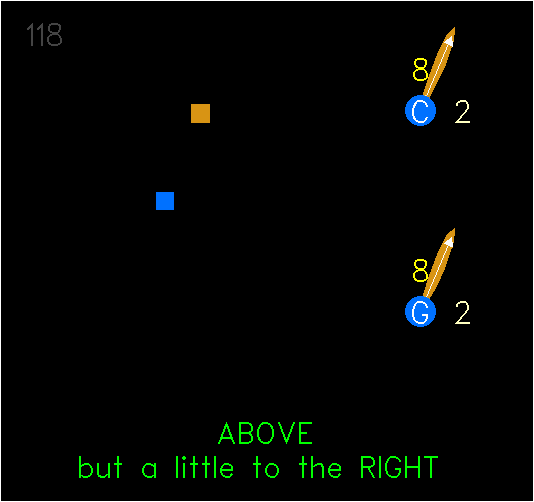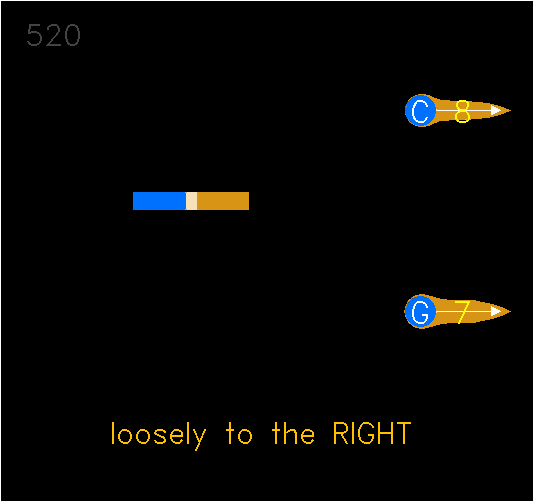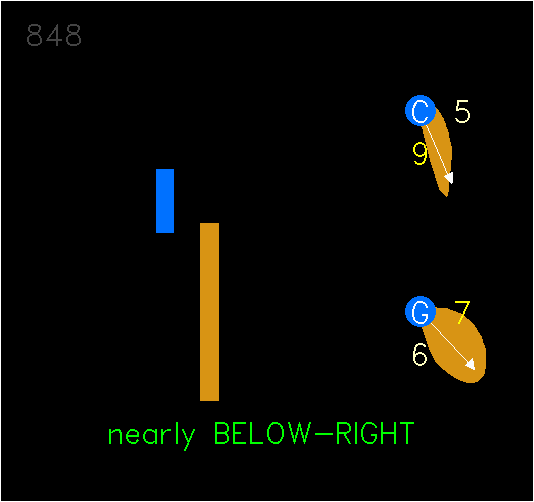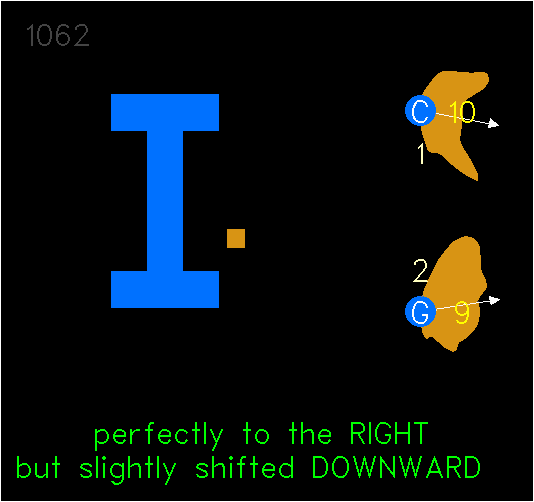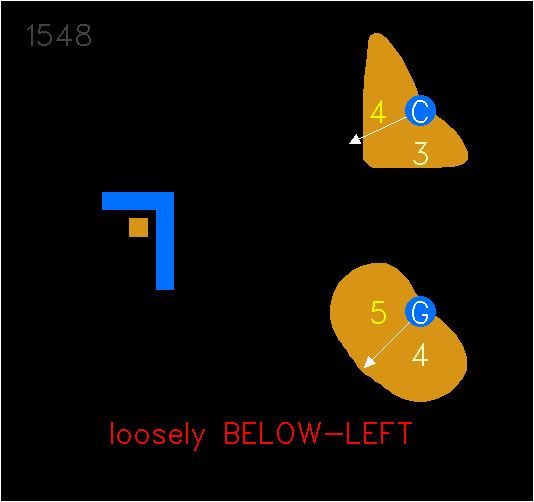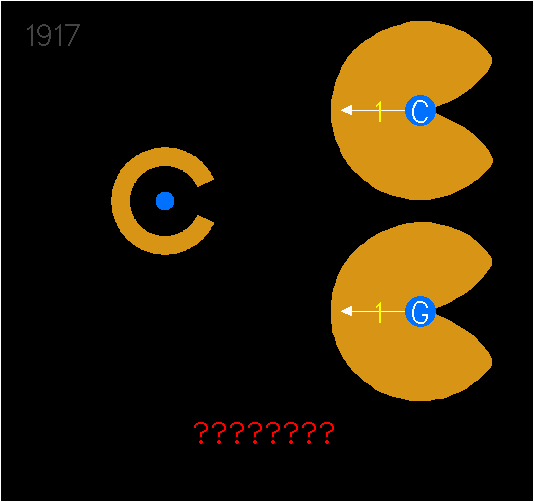    |
Linguistic Description of Relative
Positions in Images
MOVIES
In TSMC2001, we introduce new families of
fuzzy directional relations that rely on the computation of histograms
of forces. These families provide inputs to a fuzzy rule base that
produces logical linguistic descriptions along with assessments as to
the validity of the descriptions. Each linguistic output uses hedges
from a dictionary of about thirty adverbs and other terms that can be
tailored to individual users. Many results on synthetic data are
presented in the paper. All these data are part of an animation that we
built to evaluate our system. Structured round thirty-five key
configurations, it is made up of more than two thousand images, and
lasts about three and a half minutes. Six short movies supplement the
electronic version of the paper and cover a large part of the
animation. The associated caption is
at the end of this page.
MOVIE
2 (zip file, 193KB) MOVIE
4 (zip file, 466KB) MOVIE
6 (zip file, 454KB) 1. Two objects A and B (A
appears in orange and B in blue).
2. The histogram of constant forces and the
histogram of gravitational forces associated with (A,B).
Four values are extracted from the analysis of each histogram: the
degrees of truth (in tenths) of "A is to the right of B", "A is above
B", "A is to the left of B" and "A is below B". Values equal to zero
are not displayed. The direction d that makes the degree of truth of "A
is in direction d of B" maximum is also shown.
3. The linguistic expression that describes
the relative position of A with regard to B. The
description produced by the system relies on the sole primitive
directional relationships: "to the right of", "above", "to the left of"
and "below". It assesses itself: it appears in green if the self-assessment is
"satisfactory", in orange if the self-assessment
is "rather satisfactory",
and in red if it is "unsatisfactory". In other words,
the color indicates to what extent the four primitive directional
relationships are suited to describing the relative position of the
objects. It indicates to what extent it is necessary to turn or not to
other spatial relations (e.g., "surrounds"). If no pertinent linguistic
description relying on the sole directional relationships can be given,
then the system produces the message "???????".
|
